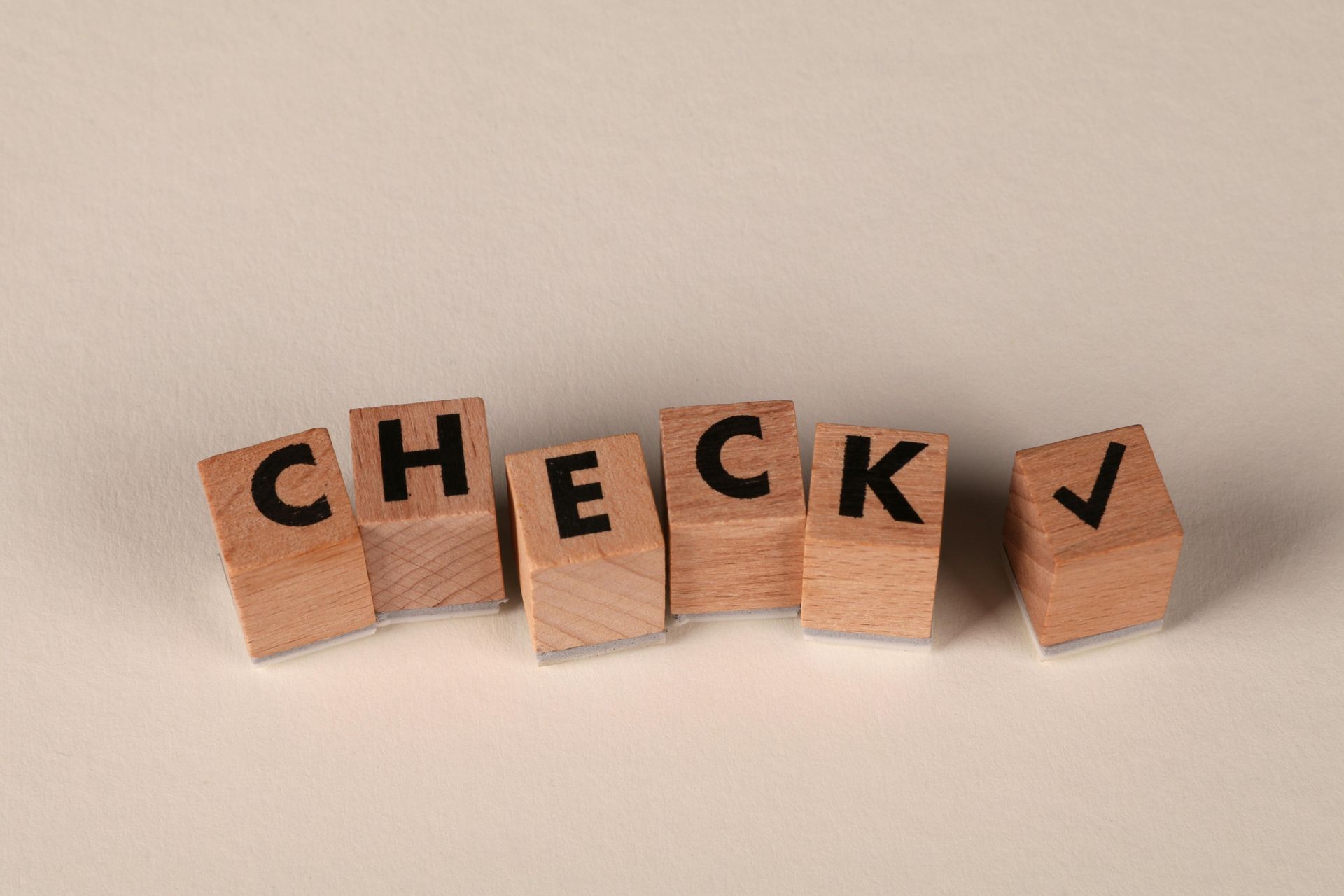Settlement Options for Trademark Disputes
ATTORNEYS IN DALLAS
The advantages of exploring settlement options in trademark disputes, avoiding costly litigation and achieving a prompt resolution while tailoring agreements to specific needs and maintaining amicable relations between parties.
Settlement Options for Trademark Disputes
When confronted with a trademark dispute or conflict, it is highly recommended that parties explore settlement options. Opting for litigation should be avoided for several reasons, including the escalating costs involved and the uncertainty of an unfavorable outcome. Both court proceedings and Trademark Trial and Appeal Board proceedings are lengthy, costly, and significantly disrupt a brand's marketing efforts and related activities. In addition to sidestepping excessive legal expenses and achieving a prompt resolution, settling a trademark conflict offers other advantages as well. It allows for the creation of a tailored agreement that addresses the specific needs of each party involved, eliminates the risk of an unfavorable ruling, maintains amicable relations between the parties, avoids the disclosure of confidential information and documents during the discovery process, and enables the resumption of day-to-day business activities with minimal interruption.
Amendment of Goods or Services
Parties are increasingly employing innovative approaches to find resolutions. However, when confronted with a trademark dispute at the Trademark Trial and Appeal Board, there are some fundamental options that should be promptly considered. The initial inquiry should revolve around whether it is possible to amend the identification of goods and services in the trademark application or registration to mitigate confusion. In certain cases, an applicant or registrant can clarify or narrow down (expanding the identification is not permitted) the description of goods and services. This can be achieved by removing specific items from the identification, imposing restrictions on trade channels, limiting the target consumer groups, or implementing other constraints on the goods or service scope. On occasion, it may be appropriate to broaden the identification, in which case a new trademark application must be filed. As part of the settlement agreement, the Opposer or Petitioner would undertake not to oppose the new application or resulting registration, while the applicant or registrant would agree to abandon the pending application or surrender the original registration.
Amendment of the Trademark
Another possibility is to make amendments to the trademark. If a party intends to modify their mark, it is crucial that the amendment does not substantially alter the mark, and the previously submitted specimens and drawing must support the amended mark. Otherwise, a new trademark application will need to be filed. In the event that the proposed amendment is supported by the filed specimens or substitute specimens, the applicant can amend the drawing (ensuring that the mark in the drawing aligns with the specimens). The general principle regarding "material alteration" is that the amended mark should not create a distinct commercial impression from the original mark (which would necessitate republication for opposition purposes). However, there is an exception to this rule: if the added element was already covered by a valid registration owned by the same party and encompassing the same goods or services, it will not be deemed a material alteration.
- 66(a) Applications
- Abandoning a Trademark Application or Withdrawing a TTAB Proceeding
- Abandonment and Nonuse
- Abbreviations as Trademarks
- Accelerated Case Resolutions
- Acquired Secondary Trademark Meaning
- Amending Trademark Application
- Assigning a Trademark
- Assigning a Trademark and the Intent to Use Application
- Avoiding Fraud on Trademark Applications
- Avoiding Trademark Litigation
- Basis for Filing a Trademark
- Benefits of Registering a Trademark
- Bona Fide Intent to Use
- Celebrity Trademarks
- Challenging the Relatedness Factor
- Challenging Trademark Rights
- Claims in a Notice of Opposition
- Co-Existence Agreements
- Common Law Trademarks in the Internet Era
- Common Law Use and Priority
- Conflicting Marks
- Consent Agreements
- Constructive Use Priority
- Dates of Use
- Defenses in Opposition and Cancellation Proceedings
- Descriptive or Generic Trademarks
- Design Marks
- Design Trademarks
- Determining Trademark Similarities
- Discovery in TTAB Proceedings
- Dividing a Trademark Application
- Drawing Page
- Electronic Display Specimens for Trademarks
- Evidence in TTAB Proceedings
- Evidence of Acquired Distinctiveness
- Expediting Trademark Cancellation for Nonuse or Abandonment
- Extending Time to Oppose
- Factors of a Likelihood of Confusion Analysis
- False Suggestions of Connection
- Famous Trademarks and Likelihood of Confusion and Dilution
- Filing an Opposition or Cancellation Proceedings
- First Sale Doctrine
- Five Years of Use
- Foreign Trademark Rights
- Generic Trademarks
- Geographic Trademarks
- Hiring Trademark Counsel
- Immoral and Scandalous Trademarks
- Incontestability of U.S. Trademarks
- International Trademark Filings
- Joint Trademark Ownership
- Lawful Use of a Trademark in Commerce
- Likelihood of Confusion Analysis
- Likelihood of Confusion Refusal
- Merely Descriptive Trademarks
- Multiple Bases for a Trademark Application
- Overcoming and Ornamentation Trademark Refusal
- Personal Name Trademarks
- Principal and Supplemental Registers
- Protecting Single Creative Works
- Recording Trademark Assignments
- Refusal of a Trademark
- Refusing a Trade Dress Application
- Registering a Certification Trademark
- Registering a Service Mark
- Registering a Trademark That Lacks Inherent Distinctiveness
- Registering an International Trademark
- Relatedness of Goods or Services
- Request for Reconsideration in Trademark Office Action
- Requirements for International Trademark Application
- Revive an Abandoned Trademark Application
- Secondary Meaning
- Source Confusion
- Special Trademark Applications
- Standard Character and Special Format Marks
- Standing in Opposition and Cancellation Proceedings
- State Trademark Registration
- Statement of Use Extensions
- Tacking Doctrine
- Technical Trademark Use
- The Supplemental Register
- Trade Dress
- Trade Dress Application
- Trademark Application
- Trademark Clearance Searches
- Trademark Disclaimers
- Trademark Licensing
- Trademark of Authors, Performing Artists, and Characters
- Trademark Ownership
- Trademark Protection In Texas
- Trademark Settlements
- Trademark Specimens
- Trademark Specimens
- Trademark Use by Related Company
- Trademark Use in Advertising
- Trademark Use in Commerce
- Trademarking a Distinctive Mark
- Trademarking a Hashtag
- Trademarks for Musical Artists
- TTAB Discovery Rules
- TTAB Proceedings
- U.S. Service Mark
- U.S. Trade Dress
- Understanding Trade Channels
- Unitary U.S. Trademark
- Universal Symbols as Trademarks
- Using Secondary Sources
- What is an Ex Parte Appeal?
- Where to Register a Trademark
- Who Must File a Trademark?
Abandonment of Application, Surrender of Registration, Withdrawal of Proceeding
Another viable option for resolving the dispute is for the Applicant or Registrant to voluntarily abandon their trademark application or surrender their registration. If the proceeding has not yet commenced, voluntary abandonment is a straightforward process. However, if the proceeding has already begun, it is advisable for the party to obtain written consent from each opposing party in the proceeding. Failure to obtain consent may result in a judgment being entered against the applicant, with preclusive effect. The same principle applies to the surrender of a trademark registration. Similarly, an Opposer or Petitioner may agree to withdraw their proceeding for various reasons. For instance, if acceptable amendments are made to the goods or services in the trademark application or if the mark itself is modified, this may lead to a withdrawal. Either an Opposition or Cancellation proceeding can be withdrawn without prejudice if the answer has not been submitted. Another scenario that could prompt a withdrawal of an opposition or cancellation proceeding is if the parties enter into a settlement agreement.
Assignments, Licenses, & Disclaimers
Parties can also reach a settlement by considering assignments and licensing. When confronted with a conflicting mark from a prior application or registration, a party can initiate contact with the owner of the mark to negotiate either an assignment of rights or, alternatively, a licensing agreement. Additionally, in certain cases, a settlement can be reached if the parties agree to disclaim a specific word or element of the mark. These are among the settlement alternatives that should be explored prior to pursuing litigation.
Contact an Experienced Trademark Attorney
If you need legal advice regarding your trademark rights, assistance with trademark prosecution, or representation in a domain name dispute, contact Wilson Whitaker Rynell. Our team of trademark lawyers has extensive experience in all aspects of trademark and copyright law, including the filing of trademark applications and representing clients in defense or prosecution before the Trademark Trial and Appeal Board.
CLIENT MATTERS
5,000+
YEARS OF SERVICE
25+
Award Winning
Recognized in the legal industry as dedicated board-certified lawyers and Rising Stars.
Expert Team
Your project will be handled by legal experts every time. You will have the most experienced attorneys working for you.
Quality Representation











